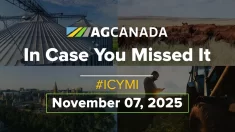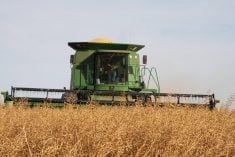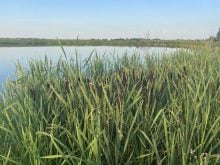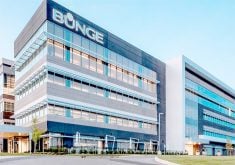HIGH RIVER, Alta. – A value-based marketing system is a work in progress for Western Feedlots, one of the largest cattle finishing companies on the Prairies.
It moved to grid marketing about seven years ago and started a value-based marketing system last year that pays on the basis of quality rather than averages.
So far, one of the largest factors determining quality in feedlot cattle is the herd of origin, said company president Dave Plett.
“It’s more important that I know who you are than what breeds you’re using,” he said.
Read Also

Europe holds promise for Canadian lentils
Pulse Canada is trying to help boost lentil consumption in Europe, which is already the fourth largest market.
The publicly owned company has feedlots at Strathmore, High River and Mossleigh that together finish more than 200,000 head annually. About 5,000 went through the value-based program since it started last year.
Working with Cargill Foods at High River, participants selling in the value-based program receive reports on how individual animals perform after slaughter. If they are better than average according to Western Feedlots’ grid system, producers get a premium price based on grade, weights and quality grades.
They deal with Cargill because it offers a premium on better carcasses. The pricing system calculates the average of last week’s live sale prices divided by the average dressing percentage, to give the base rail price.
Premiums or discounts are applied to the base price depending on carcass grades in red meat yield and quality. Carcasses are individually priced and from there a net group premium or discount is calculated.
The producer receives a payment when he sells the cattle to Western.
If the cattle don’t bring a premium, Western absorbs the loss and if there is a bonus, the feedlot and producer share it later.
Most of the cattle put through the new system have been good, said Dave Moss, cattle manager for Western. The people willing to take a risk with value-based marketing are already better than average producers, he noted.
“They’re premiere producers and their cattle reflect that. Some of the guys didn’t know they were that good.”
Producers interested in joining the program must meet certain criteria and pay $1 per hundredweight to enter. They may sell their calves direct to the feedlot, go through an auction market or through electronic sales. Every animal in the program must weigh at least 550 pounds and Western won’t contract anything over 850 lb. It prefers stock in groups of 50.
Upon arrival at the feedlot, each calf receives an eartag identifying it as part of the program.
Calves are sorted by type to keep them in a uniform group throughout the feeding period. They can then be shipped for slaughter at roughly the same time.
Western Feedlots developed a software program to track cattle through the system and provide performance readouts. Many producers have never seen this kind of information before and some have considered adjusting their farm management to improve their herd.
“It’s just a tool. It gives them feedback that they never had,” Moss said.
The company has decided not to set goals to put specific numbers of cattle through. Changes are made when necessary.
If a producer doesn’t like the price offered at the farm, he can market through auction and tell Western when and where the cattle will be. If Western buyers feel the price is too high, they don’t do business.














